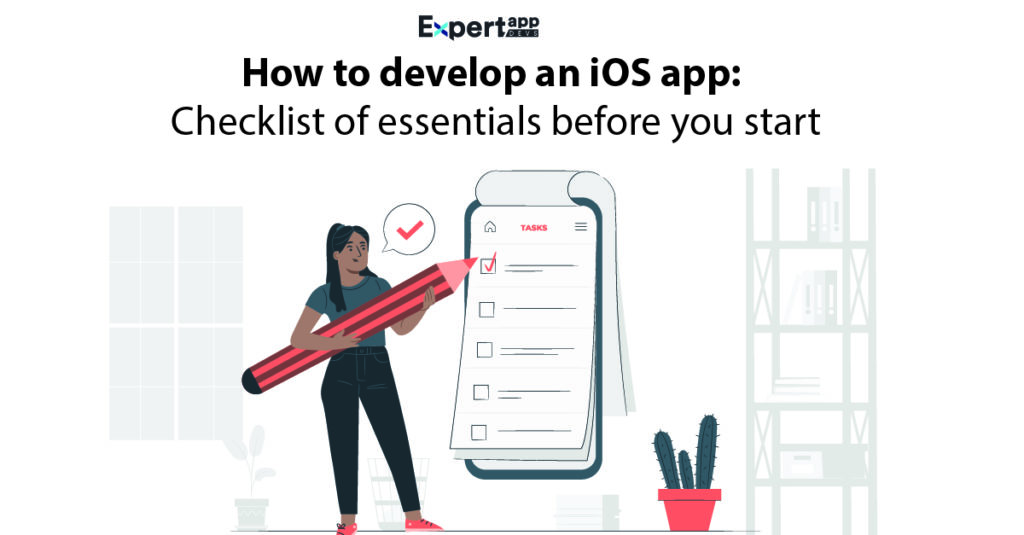In terms of mobile app development, both novices and industry veterans are having a good time right now. Because of the surge in popularity of mobile devices and their continued dominance of the tech sector in recent years, individuals that invest time and money in developing the apps that mobile devices can see a highly profitable return.
However, there are certain minor things that can make or break a situation. You might be committing a big error without even recognizing it throughout the app development process. However, there are certain minor things that can make or break a situation. You might be committing a big error without even recognizing it throughout the app development process.

In this post, we’ll go over several simple but easily overlooked checklist essentials that form the cornerstone of a memorable iOS mobile app.
Conduct Extensive Research
The first stage in developing iOS mobile applications is to do research and analysis:
The app market: Millions of apps are available on Apple’s App Store. With such a competitive market, you must understand what types of applications exist in the same sector and if it is possible for your app to achieve momentum and sufficient downloads.
Your target market consists of: It is no secret that Apple customers are a highly distinct group of consumers – and you should keep this in mind at every stage of your iOS app development process. It is critical to communicate with this niche and understand it in a way that truly speaks to it. iOS consumers like cutting-edge design, contemporary features, and the sense of being at the forefront of the mobile app user scene.
Your adversary: Investigate comparable applications and spy on your competitors to learn about their strengths and shortcomings. Consider what you can do that your competitors in your market do not, and then create a far superior product based on what your audience likes and prefers.
- heck, App Store Policies
Apple has tight standards, and before submitting your program, your developers must go through five critical processes and verify for rules pertaining to:
- Safety
- Performance
- Business
- Design
- Legal
Because Apple only publishes apps that match their precise standards relating to those five characteristics, you must ensure that your developer meticulously goes over each of them so that you can properly submit it.
Create the App
During this stage, your iOS app development company’s design team will come in to bring your ideas to reality.
They will concentrate on three important points:
Concept and wireframing: All requirements are established, and designers begin generating wireframes that depict how the program will appear.
User experience: In addition to ensuring sure the app looks great, they will make sure it is completely functional, easy to use, and navigate. To that end, they will pay close attention to usability and navigation in order to provide an engaging user experience.
Software architecture: Your designers will take specific efforts to assure your mobile application’s scalability and reliability.
During the development stage, your iOS app developers will do the following:
Prepare your MAC for the development process by doing the following: Make certain that your developers are using MAC computers. Apple does not suggest using VMWare or Hackintosh to construct your software on Windows for coding purposes.
Make use of the XCode tool: Apple’s integrated development environment (IDE), XCode, incorporates the iOS SDK (Software Development Kit). It also includes a number of important APIs and features, such as a source code editor (UI). This platform and the associated Simulator app will be used by your developers to design the app, simulate it on a variety of iOS versions and hardware kinds, and deploy your application for testing.
Run the app: Using XCode, your developers will be able to run your applications to see how they appear and how people would interact with them if they were living.
Conclusion
To summarize, there is always something you might do better and space for progress. These are only a few of the things that a developer may ignore or misinterpret to the harm of their own work. Keeping an eye on these characteristics may help you save a lot of time, money, and effort in the long run.



